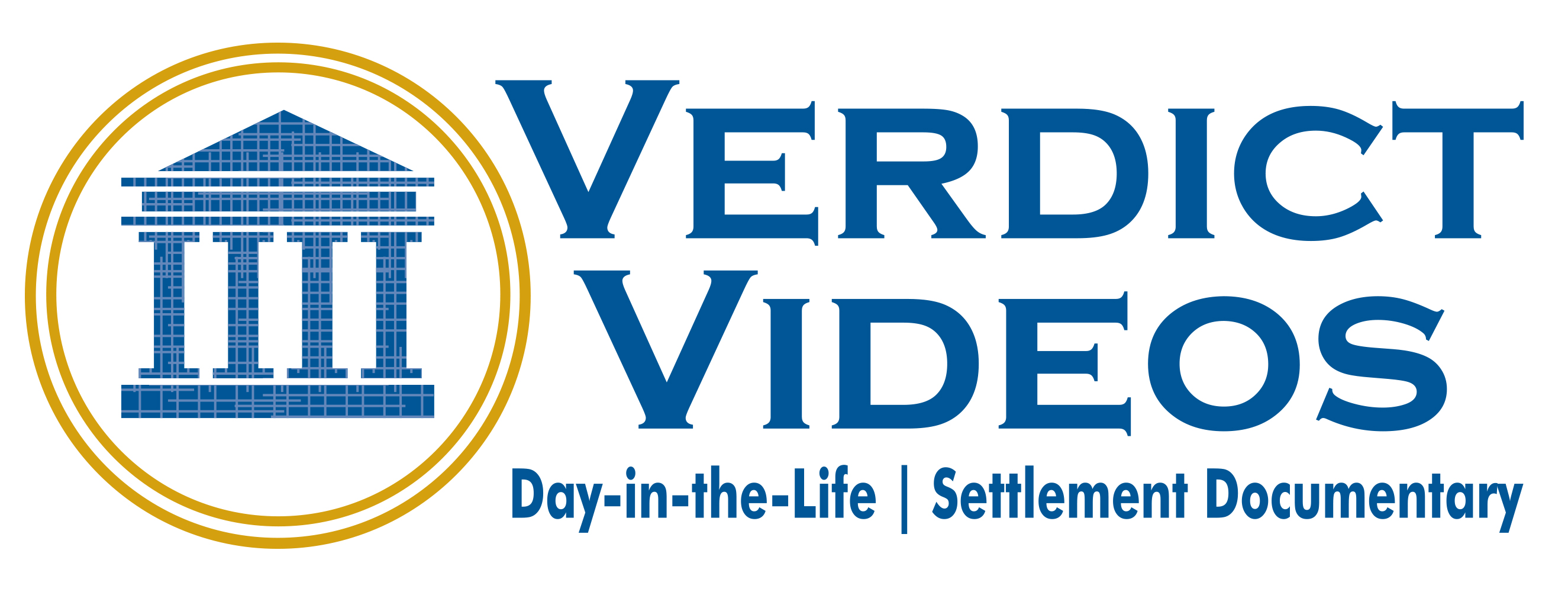Verdict Videos produced a Day in the Life video for presentation at trial whereby the jury awarded $10-million in general damages. “The subject matter of the video was somewhat graphic, but Verdict Videos handled the issue carefully. I had no evidentiary issues come up when it came time to present the video at trial. It was powerful. They are great to work with,” commented Arnoldo Casillas of Casillas, Moreno & Associates
“We are overjoyed for the family. Knowing Ryan will have the means to be properly cared for brings tears to my eyes. Although the award will not make Ryan walk again, it is as close to justice as we can get,” Kelly Deutsch, executive producer at Verdict Videos.
A jury handed down a $24-million verdict against the Los Angeles Police Department for the shooting of a teenage boy who was playing with a replica gun. His injury left him paralyzed.
The award is believed to be the largest sanction ever against the LAPD for a single event and perhaps the largest of any kind against the department. It comes as the LAPD is trying to stem the number of costly lawsuits brought against it.
The case centered on a December 2010 encounter, in which Officer Victor Abarca and his partner were on patrol in the city’s Glassell Park neighborhood shortly before 8 p.m., according to police records.
The officers, who told investigators they were in search of graffiti and gang activity, came upon 13-year-old Rohayent Gomez and two of his friends on a street.
Gomez’s attorney, Arnoldo Casillas, said the evidence and testimony from two eyewitnesses to the shooting “completely blew apart” Abarca’s account of the shooting.
Casillas said Gomez, whom he described as a tuba player and soccer enthusiast, was playing “cops and robbers” in the street near his home with his friends. They each had airsoft pistols that fire small plastic pellets and are made to look like actual firearms.
The witnesses told jurors that the officers arrived and immediately drew their weapons, Casillas said. Gomez, who was hiding behind a parked van to reload his pellet gun, was unaware of the police, Casillas said, and was startled when Abarca came around the side of the van.
The witnesses said the officer gave one command of “Don’t [expletive] move” and then fired a single shot at Gomez as the boy took a step out of surprise, according to Casillas.
The boy was hit in the chest and left paralyzed by the injury.
That account differs dramatically from the one Abarca gave investigators.
In it, he said in the darkness he was unaware he was confronting a teenager and claimed that the boy ignored repeated commands to come out from behind the van.
When he finally complied, Abarca said, the person “had both hands concealed within his sweatshirt and was bent slightly at the waist,” according to the LAPD’s internal investigation into the incident.
Abarca said it was only then that he drew his service pistol and fired a single round when Gomez pulled what appeared to be a pistol from his waistband.
Abarca told investigators he had not been able to see the colored tip of the airsoft pistol that is supposed to distinguish it as a fake.
Casillas rebuffed this notion, saying the witnesses had testified that it was “glaringly apparent they were kids and that they were playing cops and robbers.”
The boy’s wounds also refuted the officer’s version of events, Casillas said. Gomez was shot in the left clavicle and the bullet traveled downward into his spine — a trajectory that would have been impossible if Gomez had squared off with Abarca as the officer claimed, Casillas said.
The jury found that Abarca had used excessive force and was negligent in his decision to shoot.
While city taxpayers will pay the $24-million verdict, Abarca himself could be ordered to pay additional punitive damages if the jury chooses to award them at a later hearing.
Lawyers from the city attorney’s office, which defended Abarca and the department in the case, did not immediately respond to requests for comment.
Last year, Abarca was cleared of any wrongdoing by the Police Commission, which rules in all shooting cases on whether officers were justified in using deadly force.
The commission concluded that the replica “was indistinguishable from a real firearm” and that “reasonably, any officer in similar circumstances would be focused on the threat posed by the weapon and would not see the red tip on the end of the gun.”

